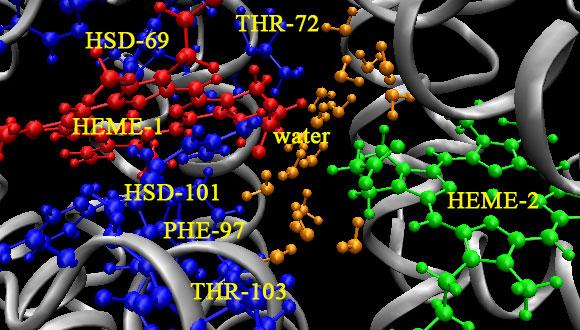Chemical Physics Seminar: Manipulating Nanoparticles/Molecules with Intense Electric and Magnetic Fields
Prof. Viktor Chikan, Department of Chemistry, Kansas State University, USA
Abstract:
The overarching theme of my research in the past several years is the exploration of the properties of nanometer sized particles via the combination of traditional and new physical chemistry characterizations and materials science. At the beginning of my research career at Kansas State University, I became interested in how combination of magnetic particles and intense magnetic fields can be utilized to trigger biological responses. We have learnt how to utilize magnetic particles combined with low amplitude magnetic fields in magnetic hyperthermia (cancer) treatments. An important challenge was the extensive use of the treatment and the relatively high concentrations of the magnetic nanoparticles. We wanted to address this issue by increasing the magnetic field amplitude several orders above the field strength typically applied in magnetic hyperthermia treatments. The hypothesis was that we can interrupt lipid bilayers with the help of mechanical action as opposed to heating from a typical magnetic hyperthermia. We have developed drug delivery methodology based on magneto liposomes that could release small drug molecules with the help of short magnetic pulses. We have discovered that the high frequency magnetic pulses induce low amplitude ultrasound that is enough to make molecules pass through the lipid bilayers.
Our group’s goal at ELI-ALPS is to explore nanoparticle photophysics and basic chemical dynamics in the presence of intense terahertz electric fields. Intense terahertz fields from optical rectification can be potentially useful tools to control ultrafast processes in the presence of ‘quasi static’ terahertz fields. Our group is interested in two distinct directions. First one is how to manipulate bandgap of semiconducting quantum dots with the help of terahertz fields. Second, how to control XUV photodissociation processes with the help of short few 100-5000 KV/m terahertz fields. For the photodissociation experiments, we will utilize high-resolution visible Fourier transform spectroscopy to probe the energy disposal of small molecular fragments. Our goal is to demonstrate that we can have significant control over the reaction channels with our terahertz tool.


